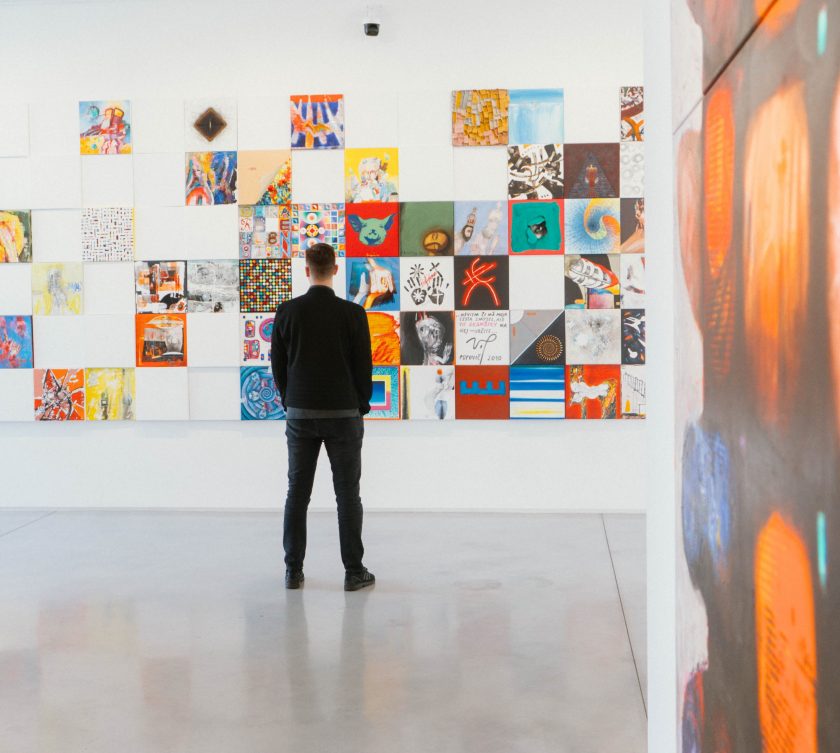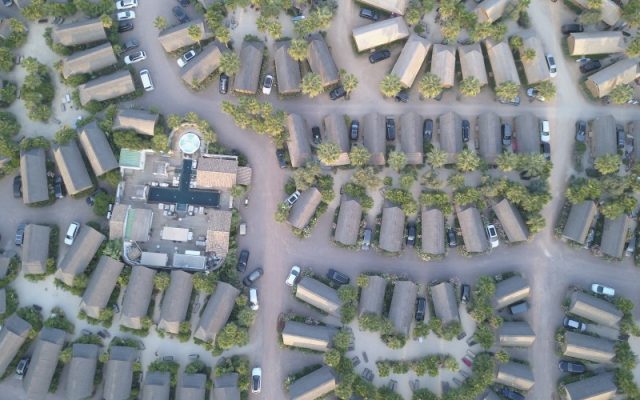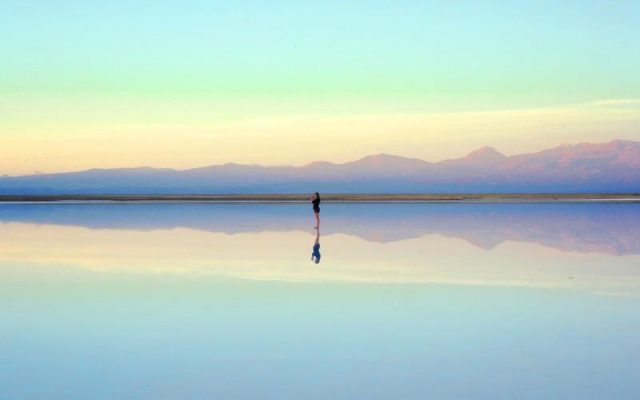
Including all: Using arts-based research methods
Do you ever struggle to find the words for what you’re trying to describe? Perhaps you feel that words are not enough?
As Dr Anna Bagnoli writes, ‘Some knowledge is not reducible to language’. However, our go-to tools in research and evaluation – surveys, interviews – rely heavily on language and they might exclude the voices of some members of the community, including people with disability.
So what are the options?
At the recent Deakin University School of Health and Social Development Inclusive disability research: Arts-based approaches event, presenters shared a range of tools we can use.
Associate Professor Angela Dew opened the day by highlighting the power of arts-based research methods for exploring sensitive and controversial topics, engaging people who might otherwise be excluded, empowering people to engage more fully and providing greater understanding of people’s experiences, views and feelings. For example, found poems have opened up understanding of the experience of diagnosis among carers.
Dr Olivia Millard described how ALLPlay Dance is opening up dance to children with cerebral palsy and autism. The program, piloted and evaluated through NDIS grant funding, connects buddies – experienced dancers – with participating children, with transformative benefits for both groups. Dance has more than physical benefits for the children; the experience has had a positive effect on psychosocial functioning. It has also challenged the values of the ‘buddies’ – shifting attitudes towards people with disability – and challenged ableist expectations. Dance is more than an art form; it’s a way of exploring meaning in experience.
Diane Macdonald – along with Malissa Thorpe, one of the participants in her project – shared their process and products. Using photovoice and a feminist framework, Diane brought a group of women with disability together to explore experience, give voice, exchange knowledge and raise awareness. The photos unearthed stories that would not have emerged through words alone. The next stage is an exhibition with Randwick City Council in Sydney and exploration of the impact on those who engage with the art. This will help to answer how we can use photography to change understanding of disability and make communities more inclusive.
Fusion Theatre gave us an immersive experience. After a brief warm up, the performers had us form groups and use our bodies to demonstrate concepts such as inclusion and exclusion – first as human sculptures, then as still images that transformed. Embodying these concepts was definitely more memorable than a lecture. It’s no wonder the pre-service teachers that do this kind of training remember it a year on.
And Melinda Smith, an artist and dancer living with cerebral palsy, shared a performance piece developed in collaboration with other artists. A combination of dance, music and photographic image, it brought the audience into her lived experience in the way others had been describing.
How can we apply this in evaluation?
In my practice as an evaluator, I’ve noticed that our tools and practices can be inaccessible, but that creative approaches can provide a way in. Concepts like logic modelling might not land when we try to create one with words written on Post-it notes, but some participants find their flow when creating a Lego model, drawing a picture or telling a story that explains how they expect a program to ‘work’.
Beyond providing a way into participation, arts-based approaches can open up thinking and different understandings. While it might be difficult for some workshop participants to hear someone making a statement that contradicts how they think a program works, if we ask people to pick a photo that shows what success looks like or what matters most, people seem to find it easier to take in others’ perspectives. It gives pause in a way that shouting out different outcomes does not.
In data collection, my colleagues have had people take photos to describe what they enjoy and what they don’t rather than complete a survey. But I don’t know anyone who has used dance or performance. (Though I keep talking – and not always in jest – about presenting evaluation findings using interpretive dance). I’m keen to think about how we might tap into arts-based methods in a more transformative way.
What about the ethics?
If you’re keen to start using these approaches, you also need to think about ethics. As Angela Dew reminded us, we need to consider authorship and ownership of the work, whose view of the truth is presented, informed consent, whether anonymity and confidentiality are required, and who defines what is art – what is beautiful and what it means.
Looking for more on what evaluators can learn from the arts?
At this year’s Australian Evaluation Society Conference, my colleague Gerard Atkinson facilitated a session on ‘What the arts can teach evaluators.’ He curated a thoughtful and engaging experience – with music, art and playdough, among other provocations – so we’ll need him to repeat it.




